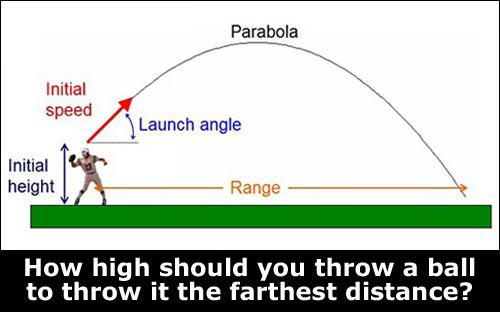Building an Iron Dome for America: Hope, Hype, & Hard Truths
The seemingly irresistible allure of ballistic missile defense
Good morning,
Earlier this week, President Trump signed an executive order titled "The Iron Dome for America." The executive order directs--among other things--the development and deployment of space-based interceptors capable of boost-phase intercept, development and deployment of other capabilities to defeat missile attacks prior to launch and in boost-phase, deployment of terminal-phase interceptors, and the development of non-kinetic capabilities defense.
Ballistic Missiles 101
Ballistic missiles are a type of missile that uses projectile motion to deliver warhead on a target.
Throw a ball up into the air (at an angle) and it will follow a ballistic trajectory until it lands. Throwing the ball higher and faster means it will travel further. Throw it hard enough and it will cross the Karman line and enter space briefly before falling back down to earth (but be careful, if you throw it TOO hard it will enter an orbit around the earth).
Keep reading with a 7-day free trial
Subscribe to Building Our Future to keep reading this post and get 7 days of free access to the full post archives.



